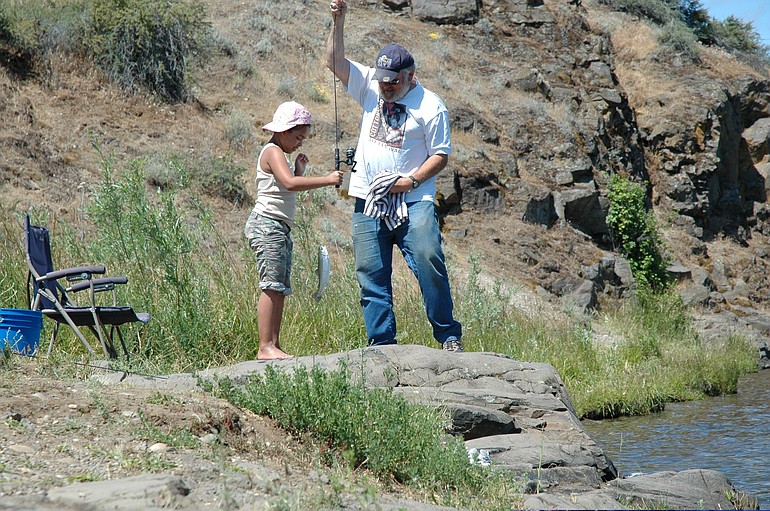Facing the worst economic times in 70 years, Washington’s anglers have not flinched.
They’ve kept doing what they always do — go fishing.
“Business has been, given the economic times, pretty good,’’ said Phil Anderson, director of the state Department of Fish and Wildlife. “Our license sales are about holding even. We had a pretty strong increase last year (2009), when we had a good fishing year.’’
Washington has seen a modest increase in fishing license sales in the past five years, coupled with about a 2 percent decrease in hunting license sales, he said.
That’s really no surprise to anyone who understands the passion of fishermen. Fishing is simply what they do.
Someone is fishing somewhere every day in Southwest Washington, where some waters never close. Clark County has water on three sides, and thus it’s no surprise there is plenty of fishing opportunity locally. Include nearby Skamania and Klickitat counties and there are 15 species available for anglers.




